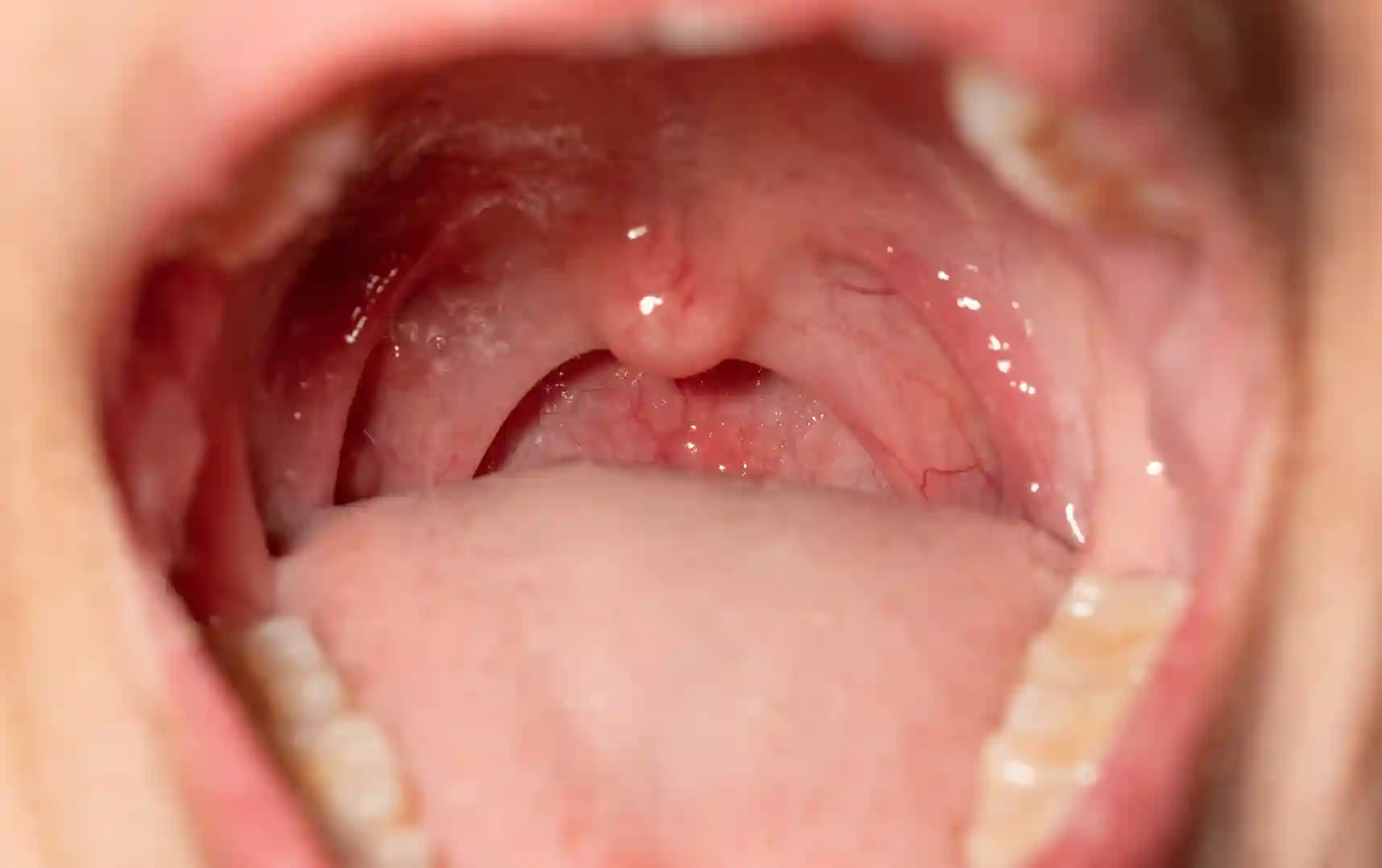
Not every sore throat means infection—sometimes it’s just irritation from everyday life
Your throat starts to feel rough. It’s not sharp. It doesn’t come with fever. It just aches. A dull, annoying pressure when you swallow. That kind of sore throat often comes from dryness, overuse, or mild inflammation—not infection.
Maybe it’s allergies. Maybe you talked too much. Maybe you slept with your mouth open in dry air. These triggers can irritate the throat lining without bringing in any germs. And when that happens, no medication is really needed.
Sore throats like this come slowly. They shift throughout the day. They might feel worse in the morning or evening. But they respond to water, rest, and time. Not pills. Not antibiotics.
So if your throat hurts but you feel fine otherwise, your body might just be reacting—not fighting.
Strep throat shows up fast—and hits like a wave
One day you’re fine. The next, your throat feels like sandpaper. Swallowing becomes a struggle. Talking hurts. There’s no gentle warning. Strep shows up hard and doesn’t ease.
Pain isn’t the only clue. Fever often joins it—over 101°F. You might see white patches on your tonsils or red dots near the roof of your mouth. Your lymph nodes swell. Your energy crashes.
Strep doesn’t build slowly like a cold. It arrives fully formed. And it doesn’t leave on its own.
Fever isn’t guaranteed—but when it’s high, it matters
With irritation or allergies, you might feel warm—but not truly feverish. Strep throat, on the other hand, often comes with high temperature, chills, and body aches. The kind that makes you want to lie down and not move.
Fever alone isn’t proof of strep. But it makes the case stronger—especially when paired with sharp pain and swollen tonsils.
If your temperature’s high and the pain in your throat feels deep, don’t guess. Get checked.
If you’re coughing a lot, it’s probably not strep
Coughing, sneezing, nasal drip—these all point to a virus. Most sore throats come from viral infections like the common cold or flu. Strep doesn’t usually bring a cough. It stays focused in the throat.
This is one of the most useful ways to tell them apart. If you’ve got a nasty cough, stuffy nose, and runny eyes, chances are it’s not strep.
Of course, there are exceptions—but the absence of a cough often makes the case for strep clearer.
Watch for swollen lymph nodes and red, spotty tonsils
When your body fights bacteria, your lymph nodes swell. You might feel them under your jaw—tender and firm. Your tonsils may turn red, or develop white or yellow patches. Some people also see small red dots on the roof of their mouth.
These are signs your immune system is working hard against something strong—like a bacterial infection.
Sore throats from dryness or viral colds rarely cause this much visible reaction.
Strep throat is most common in children—but adults get it too
Kids aged 5 to 15 get strep more often than anyone else. It spreads fast in schools, daycares, and busy households. But adults aren’t immune—especially if they’re around children regularly.
Strep spreads through cough droplets, shared utensils, even touching contaminated surfaces. That’s why one sore throat in the family often turns into two—or three.
If someone in your home tests positive for strep, watch yourself for the next few days. It moves quietly but quickly.
Testing takes minutes—but offers real answers
Doctors don’t guess. They swab. A rapid antigen test can give results within minutes. If it’s unclear, a throat culture is done. That takes longer but confirms the diagnosis.
If your test is positive, antibiotics begin. If it’s negative, your doctor might explore other causes—like a virus, reflux, or allergy.
It’s tempting to self-diagnose, but sore throats lie. Testing tells the truth.
Antibiotics are for bacteria—not discomfort
Strep throat needs antibiotics. Not because of the pain—but because of the risks. Untreated strep can lead to serious complications, including rheumatic fever, kidney inflammation, and abscesses.
But most sore throats don’t come from strep. They come from viruses. And antibiotics won’t help. Taking them unnecessarily leads to side effects, resistance, and disruption of your gut health.
That’s why testing is essential. Not every sore throat deserves a prescription.
Recovery depends on the cause—not the symptoms
With viral sore throats, rest and fluids are your best bet. They usually fade within a few days. Strep throat, though, improves dramatically within 24 to 48 hours after starting antibiotics.
If your sore throat lasts more than five days, worsens over time, or includes new symptoms like fever or swollen glands—get evaluated. If you feel better after a few cups of tea and some sleep, it was probably irritation or a mild viral bug.
Pay attention to how your symptoms change. The timeline often tells more than the pain.
